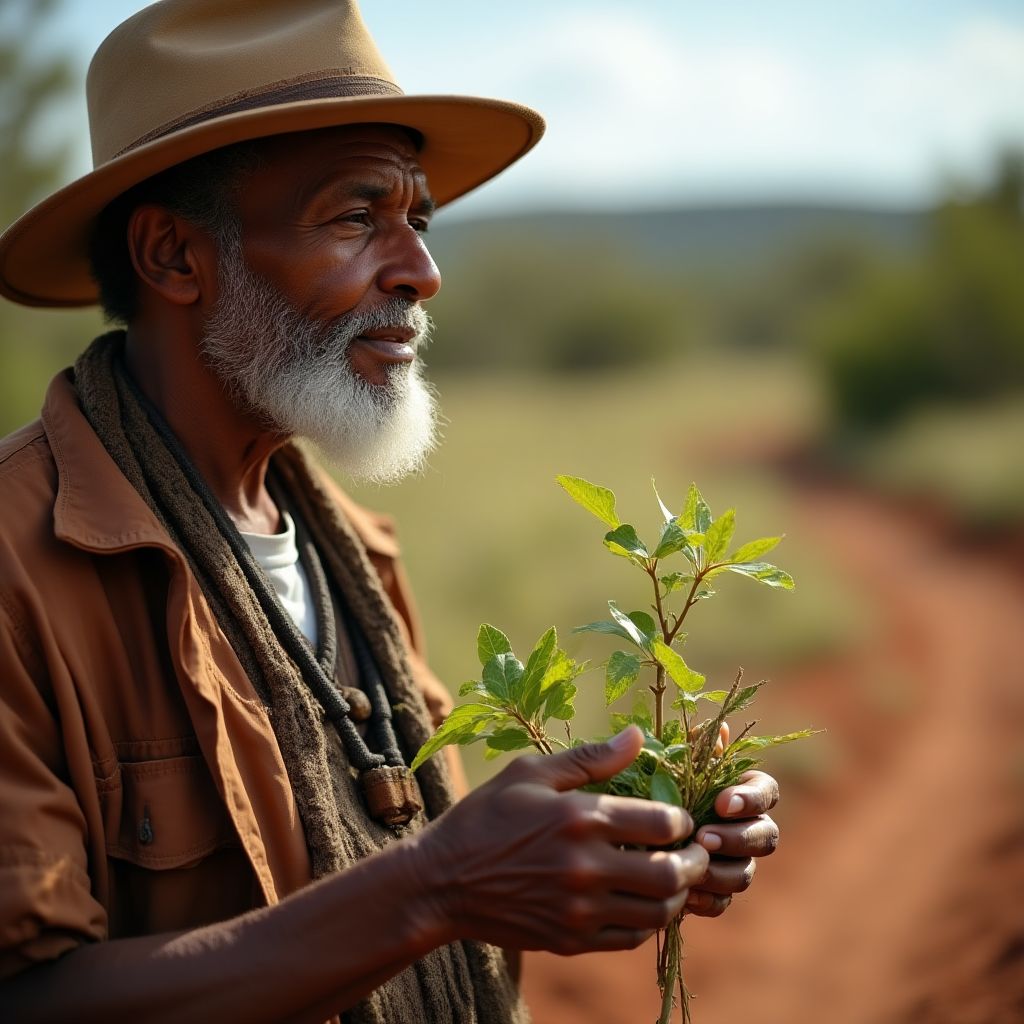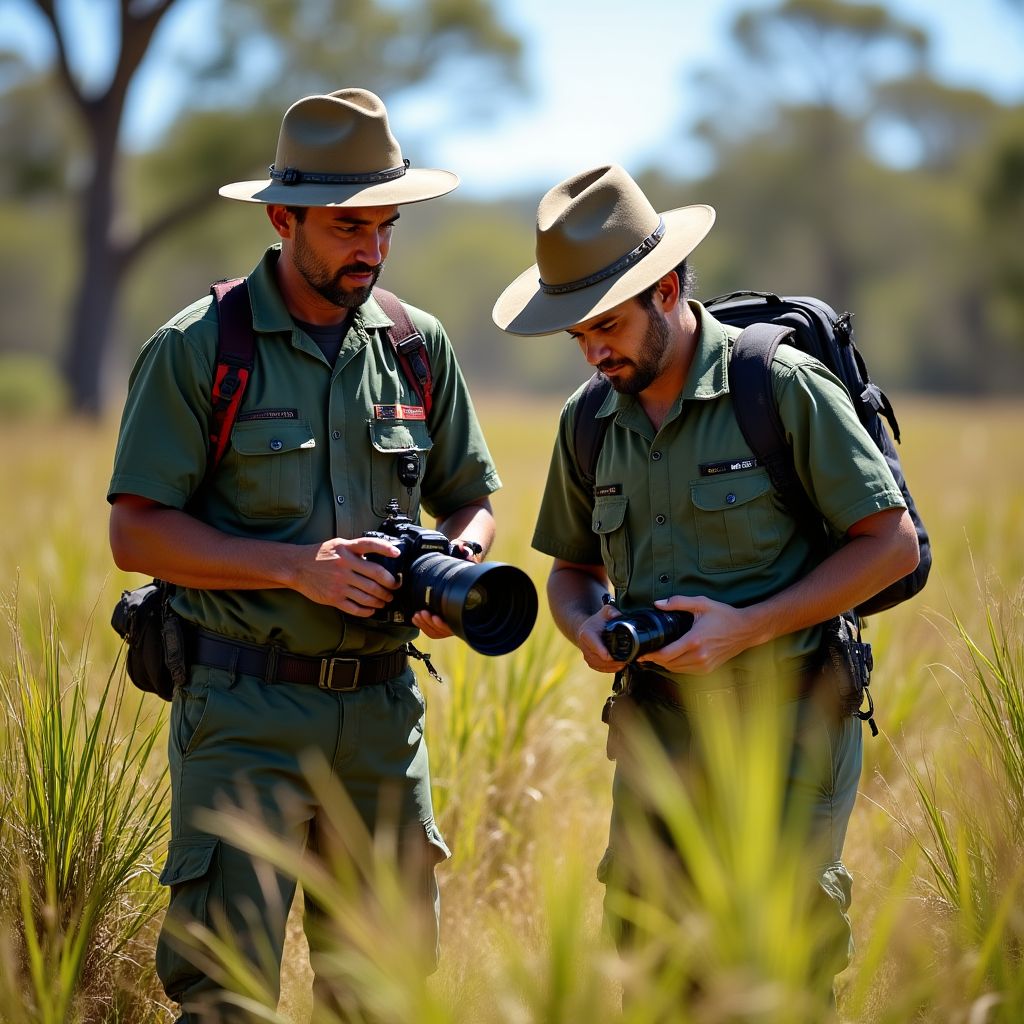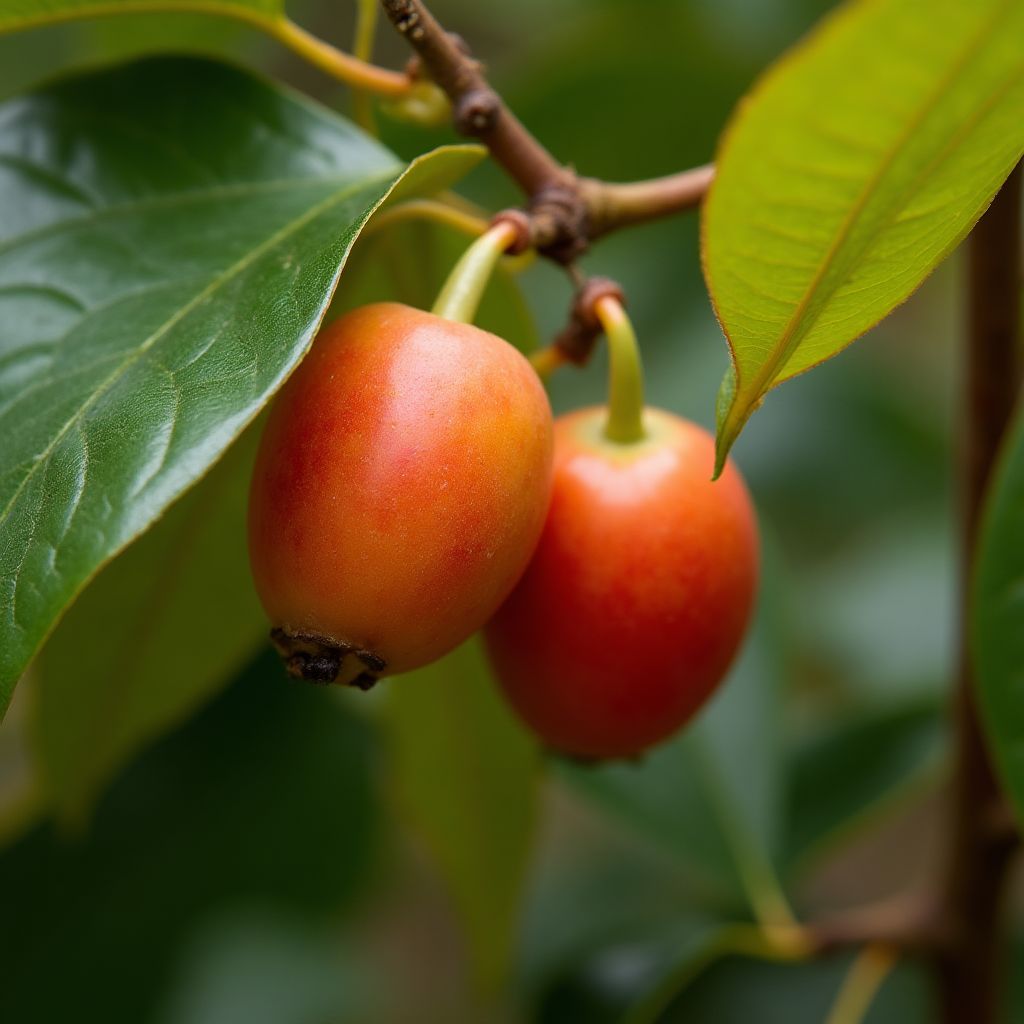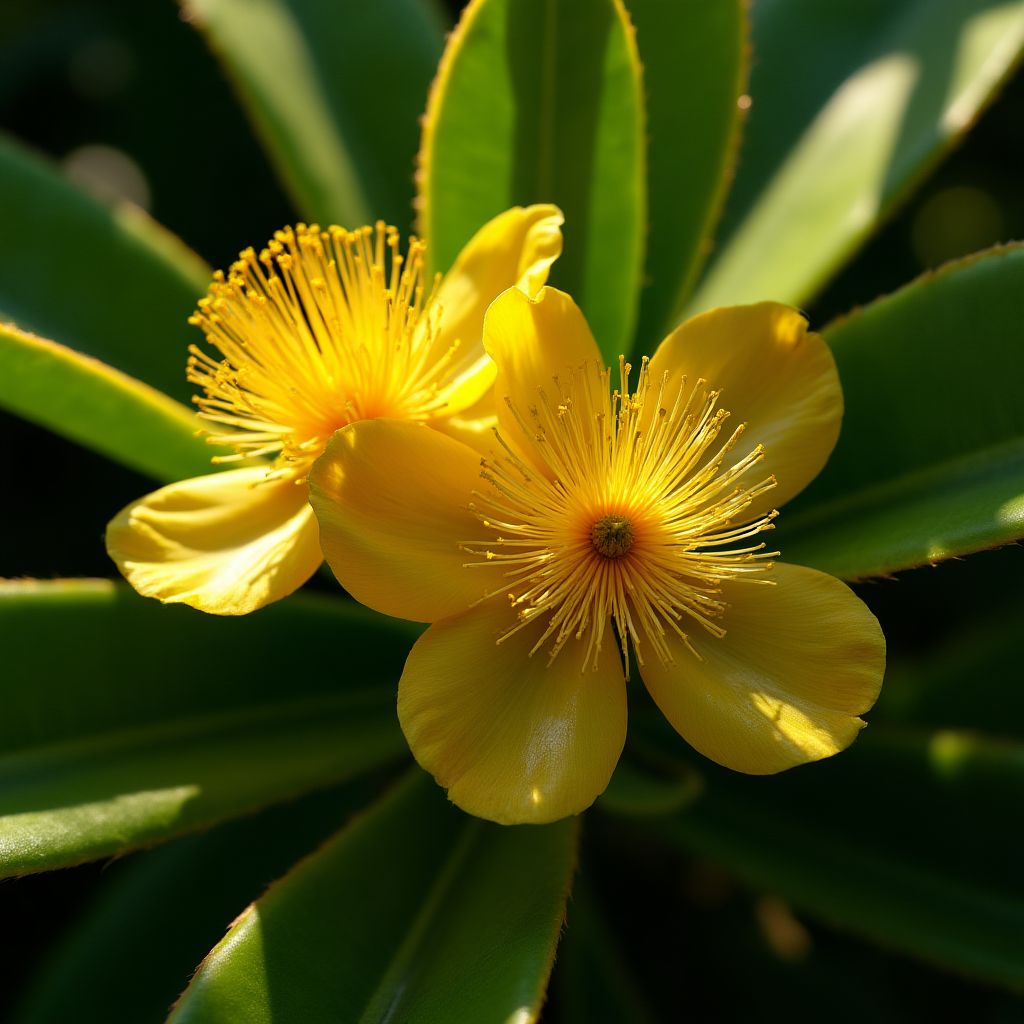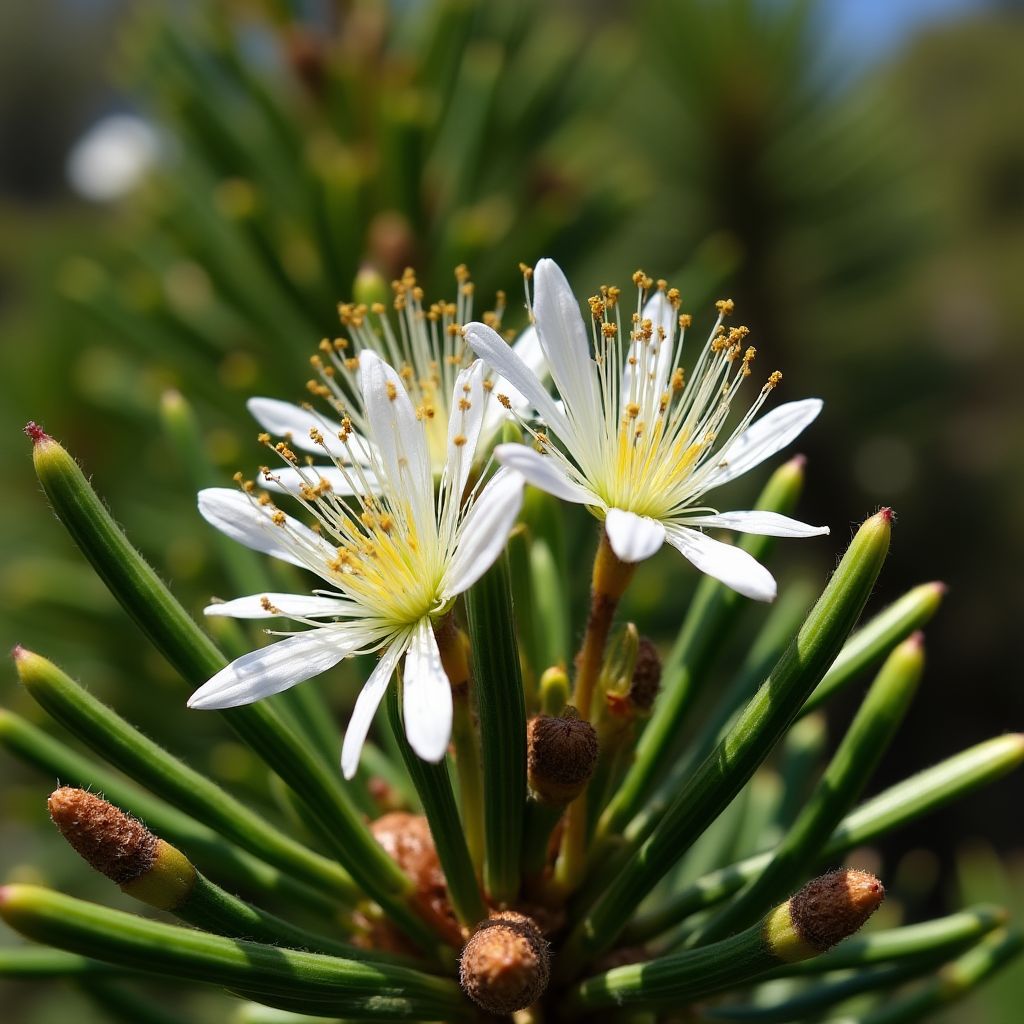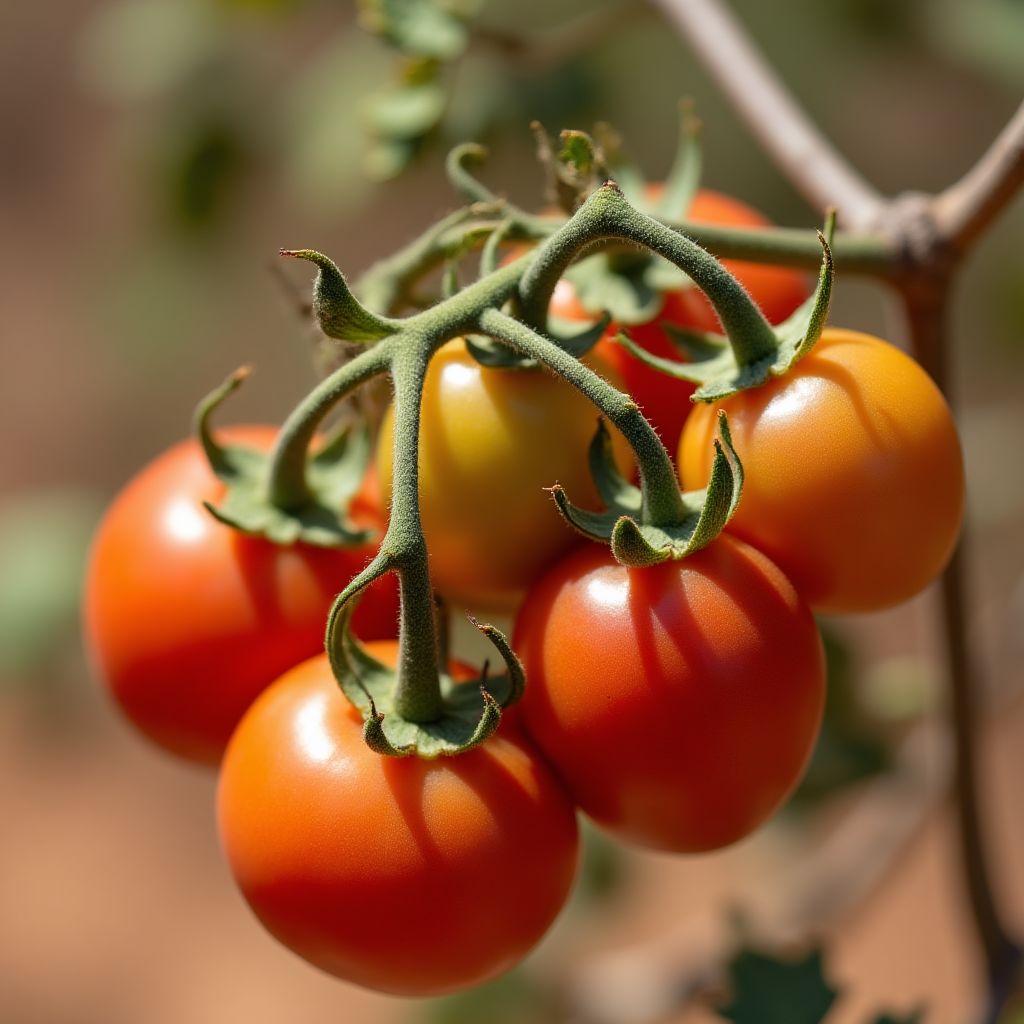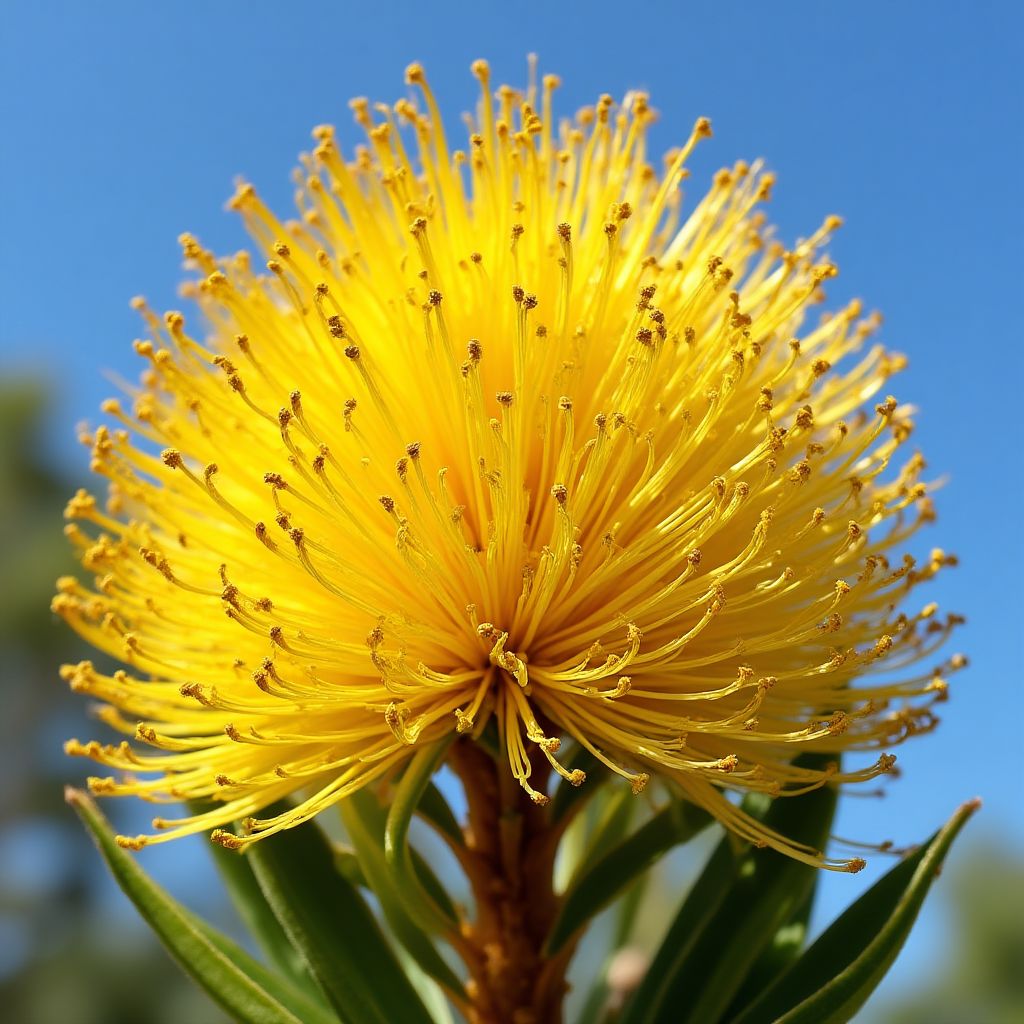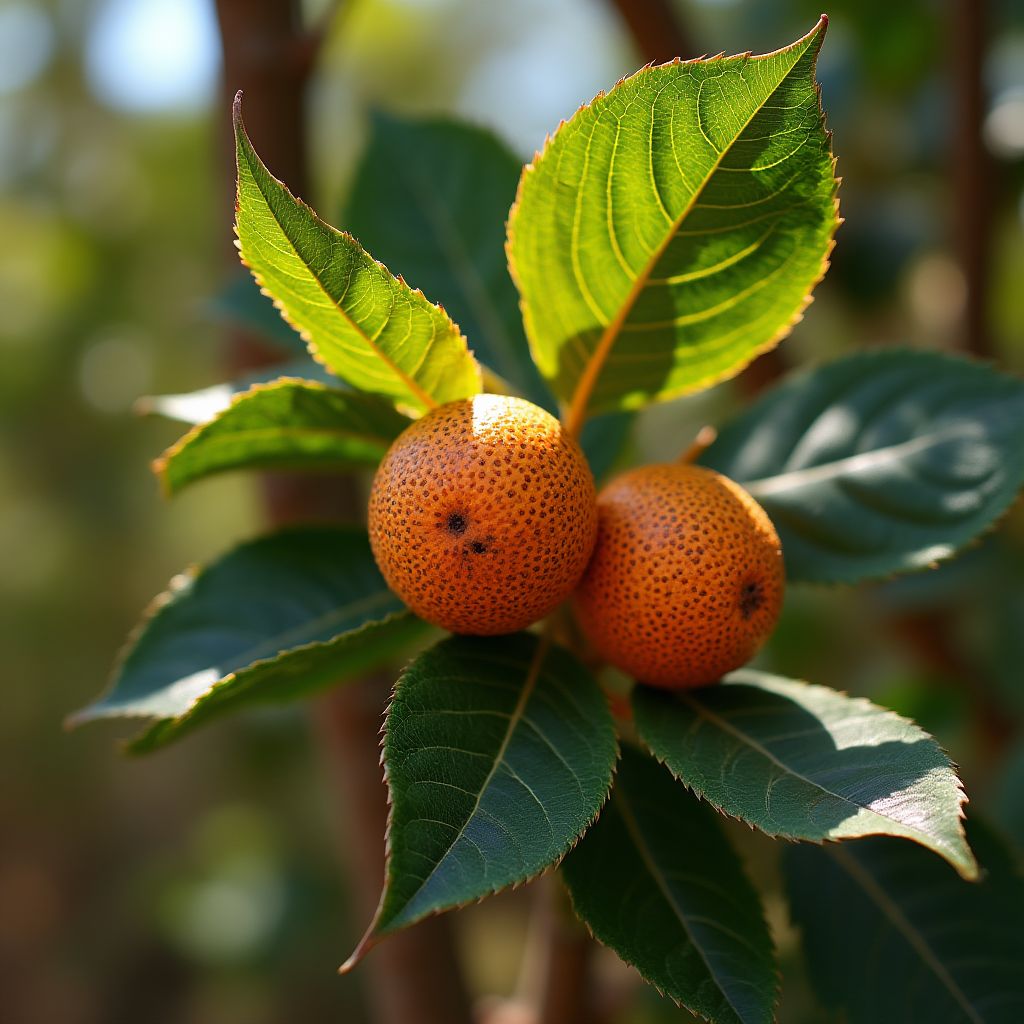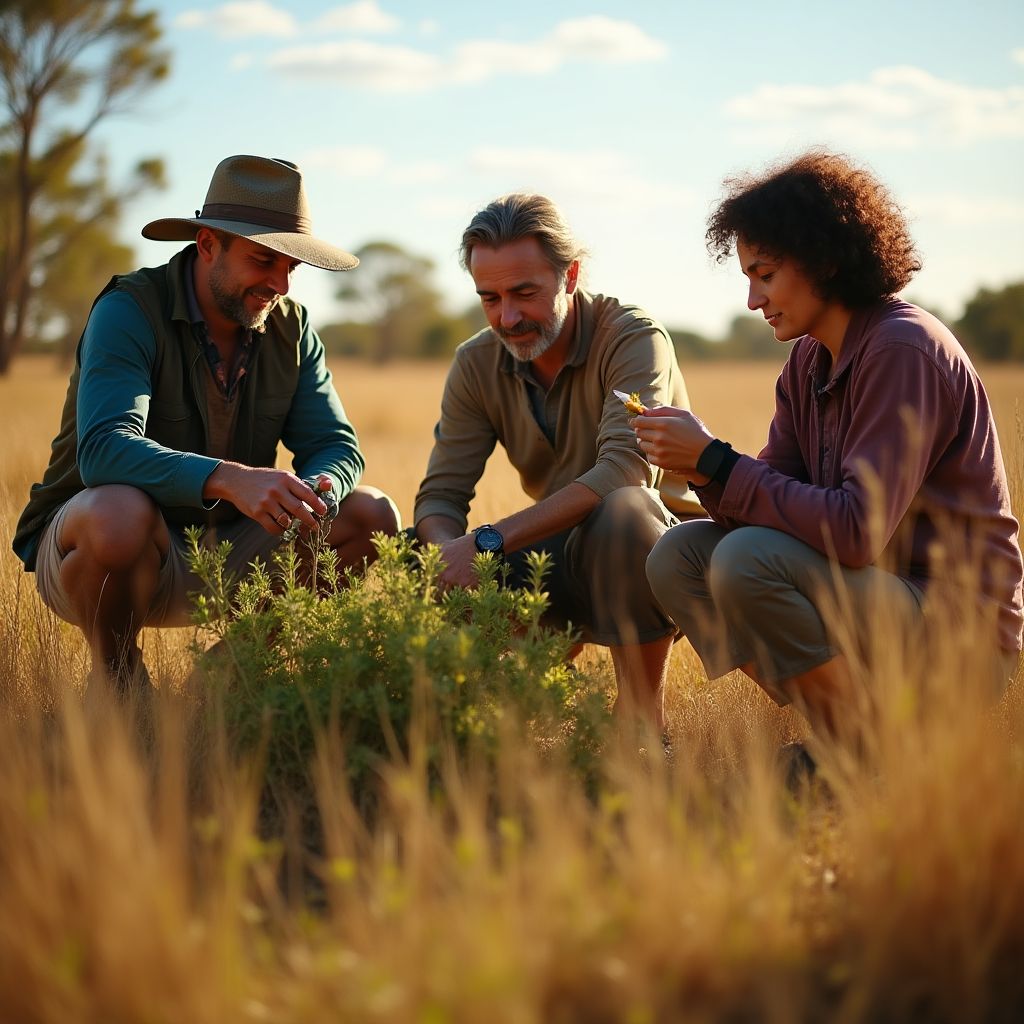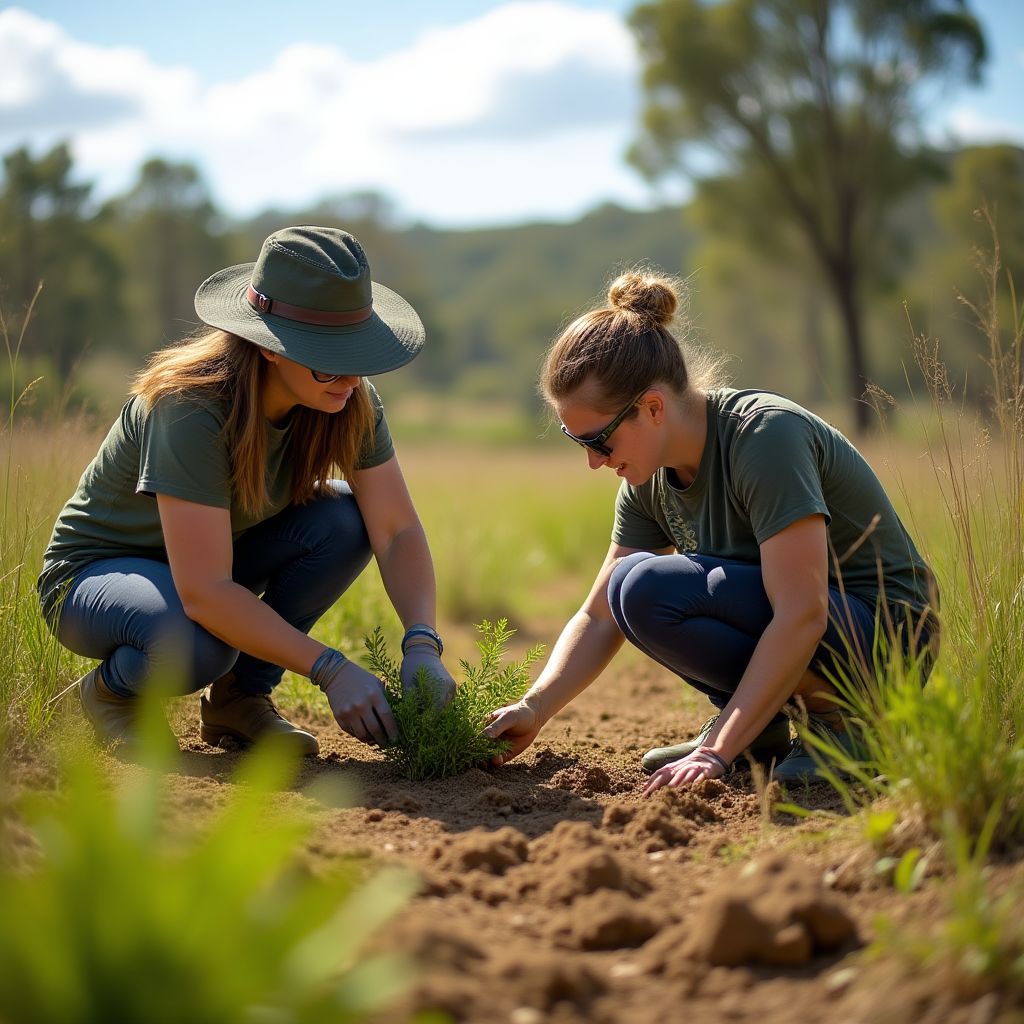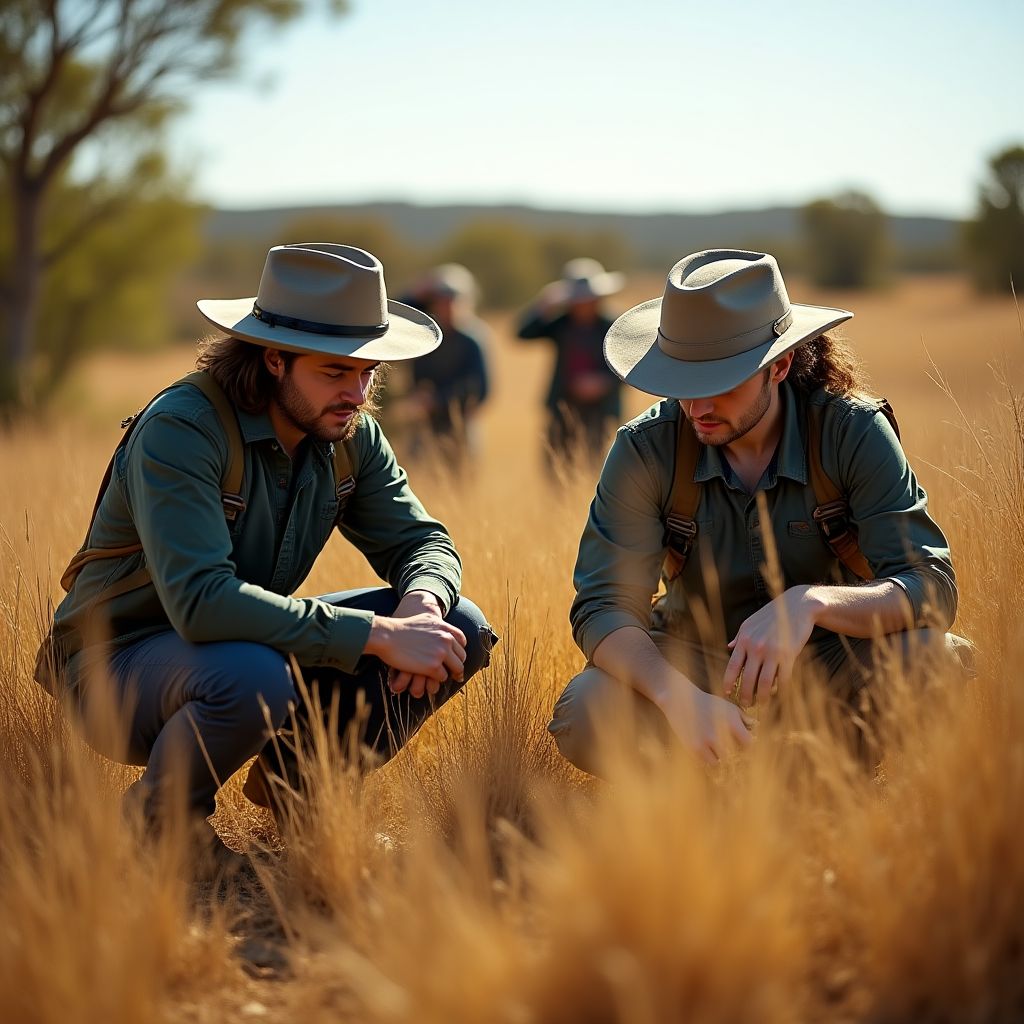Preserving Traditional Knowledge
Founded in 2010, our organization is dedicated to documenting, preserving, and promoting the traditional plant knowledge of Australia's First Nations. For over 60,000 years, Aboriginal and Torres Strait Islander peoples have developed sophisticated understandings of Australia's unique flora, using plants for medicine, food, tools, and spiritual practices.
Our team of botanists, ethnobotanists, and cultural consultants works directly with Indigenous knowledge holders across the continent to document this precious wisdom before it's lost. We believe that traditional plant knowledge offers solutions to modern challenges, from healthcare to conservation and sustainable resource management.
Through community partnerships, scientific research, and educational programs, we're creating a bridge between ancient wisdom and contemporary science, ensuring that traditional plant knowledge continues to benefit future generations.
